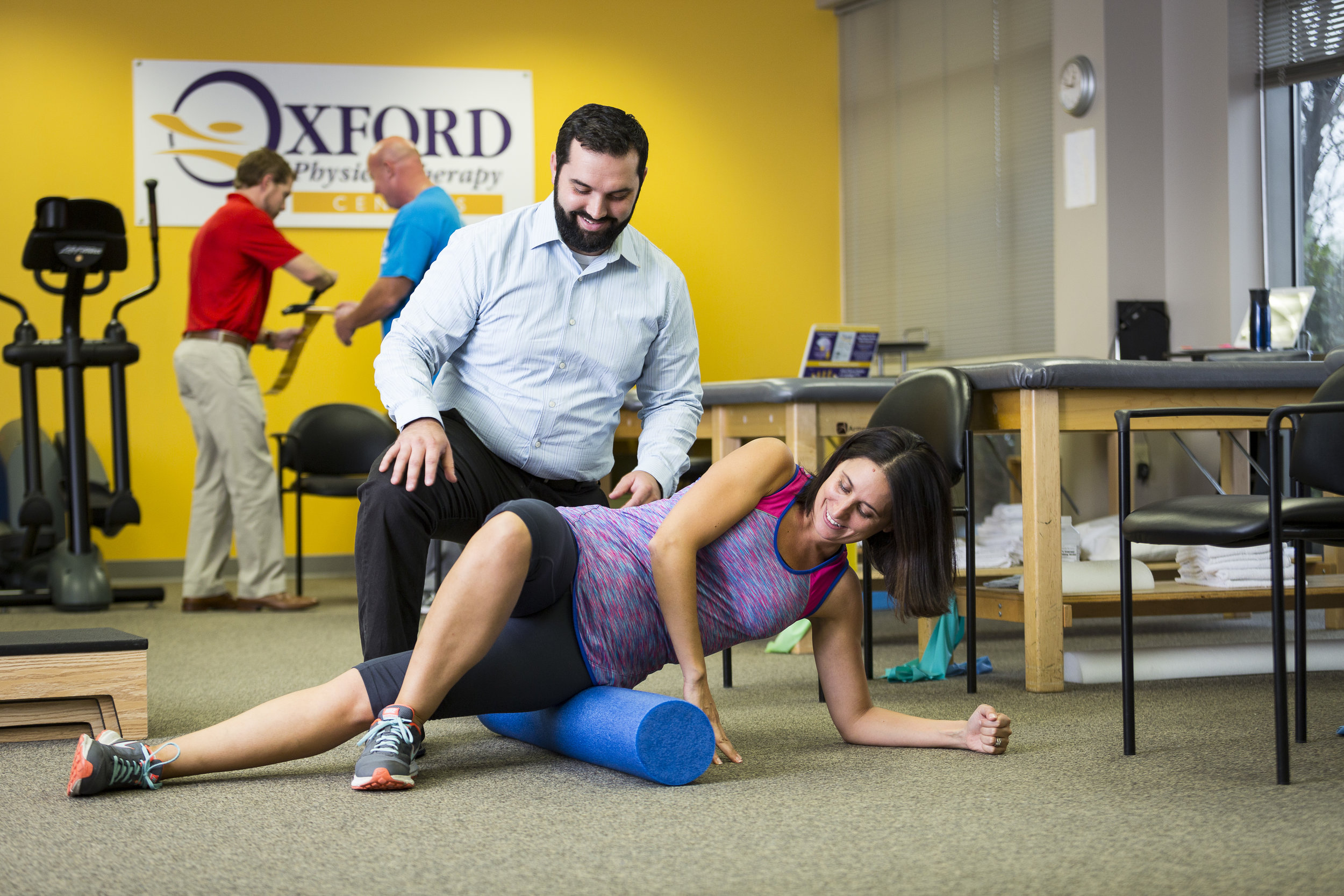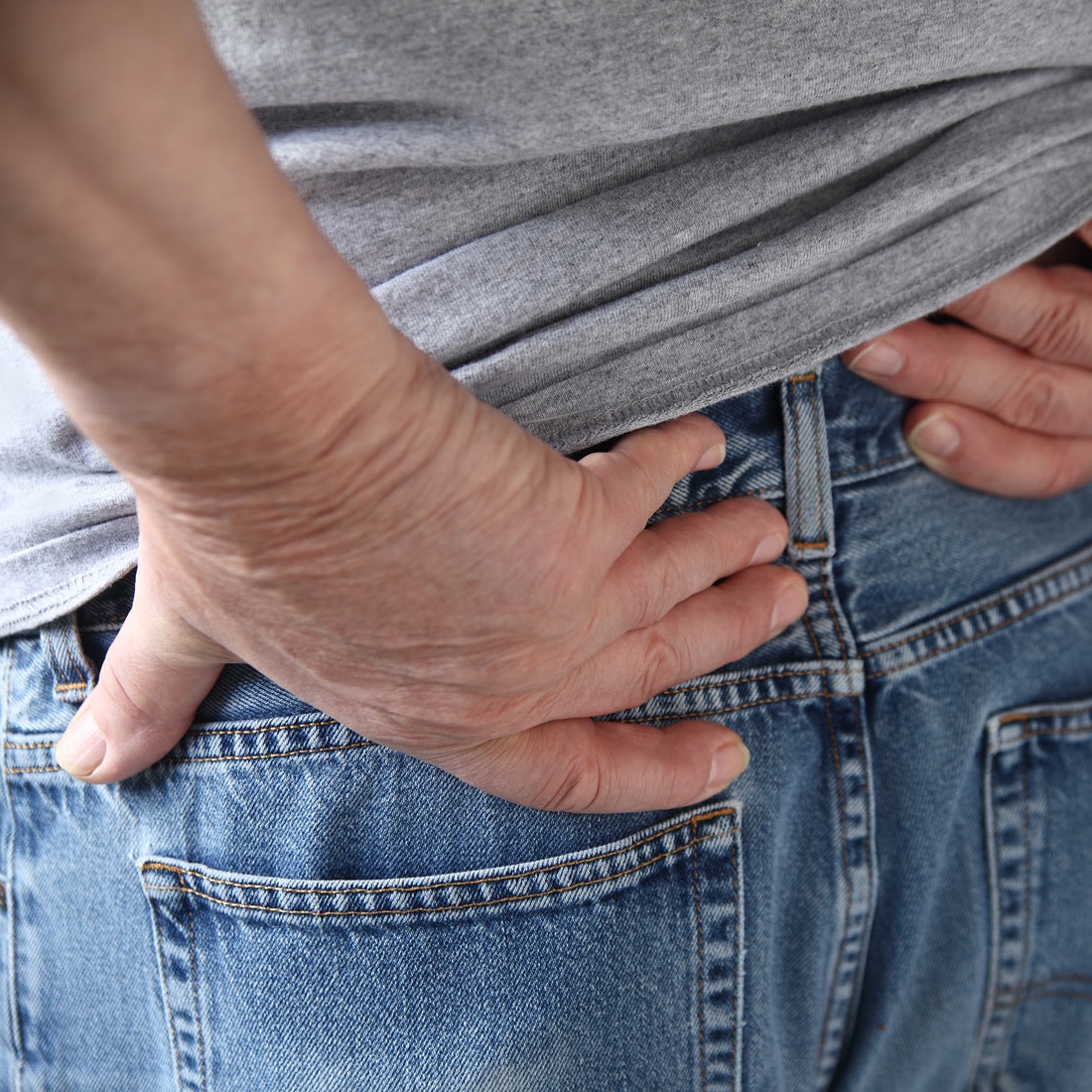Hip Pain
The hip is a very important part of our bodies! We see numerous patients that have pain with their hip or suffer an injury that is associated with the hip.
OPTC Patient Care Journey
Your personal OPTC physical therapist will perform a thorough evaluation. Upon completion of your evaluation your physical therapist will design an exercise program tailored to your specific needs and goals.
A large portion of your treatment will also include manual massage, mobilization, and other hands on techniques. Our goal is to work with you and your pain and return you to an active lifestyle.
The following are examples of what might be included in your individualized physical therapy treatment program : Mulligan/ Maitland joint mobilizations, Mackenzie exercises based on extension or flexion, soft tissue mobilization with Graston techniques, ASTYM, modalities for comfort (cold/hot pack, e-stim, ultrasound), dry needling, traction, use of our reformer, and much more!
Below is only a short list of the most common areas that we see patients for
IT-Band (ITB) Syndrome
The illiotibial band is a thickened fascia that runs from the muscle of the tensor fascia lata at the lateral hip, down the lateral thigh, just below the knee. Individuals with ITB syndrome will complain of pain at the outside of the knee with walking, biking, running and stair negotiation. The ITB can be irritated by running on baked surfaces, running in the same direction (i.e. only running clockwise on a track), poor shoe fitting, progressing running too quick or too fast, and sudden initiation of running. Our Physical Therapy evaluation will look at individuals muscle strength, flexibility, and educate them on proper ways to stretch and workout patterns.
Groin Pain
Pain in the groin can have multiple causes. Our Physical Therapy evaluation can help to differentiate between a muscle strain in the groin, hip arthritis, or sports hernia. After an initial evaluation, our clinician will select an exercise program in order to decrease pain and regain function.
Limited Range of Motion (ROM)
A limitation in hip ROM can be secondary to muscular tightness or arthritis. A Physical Therapy evaluation will help to differentiate between muscular tightness and hip OA.




